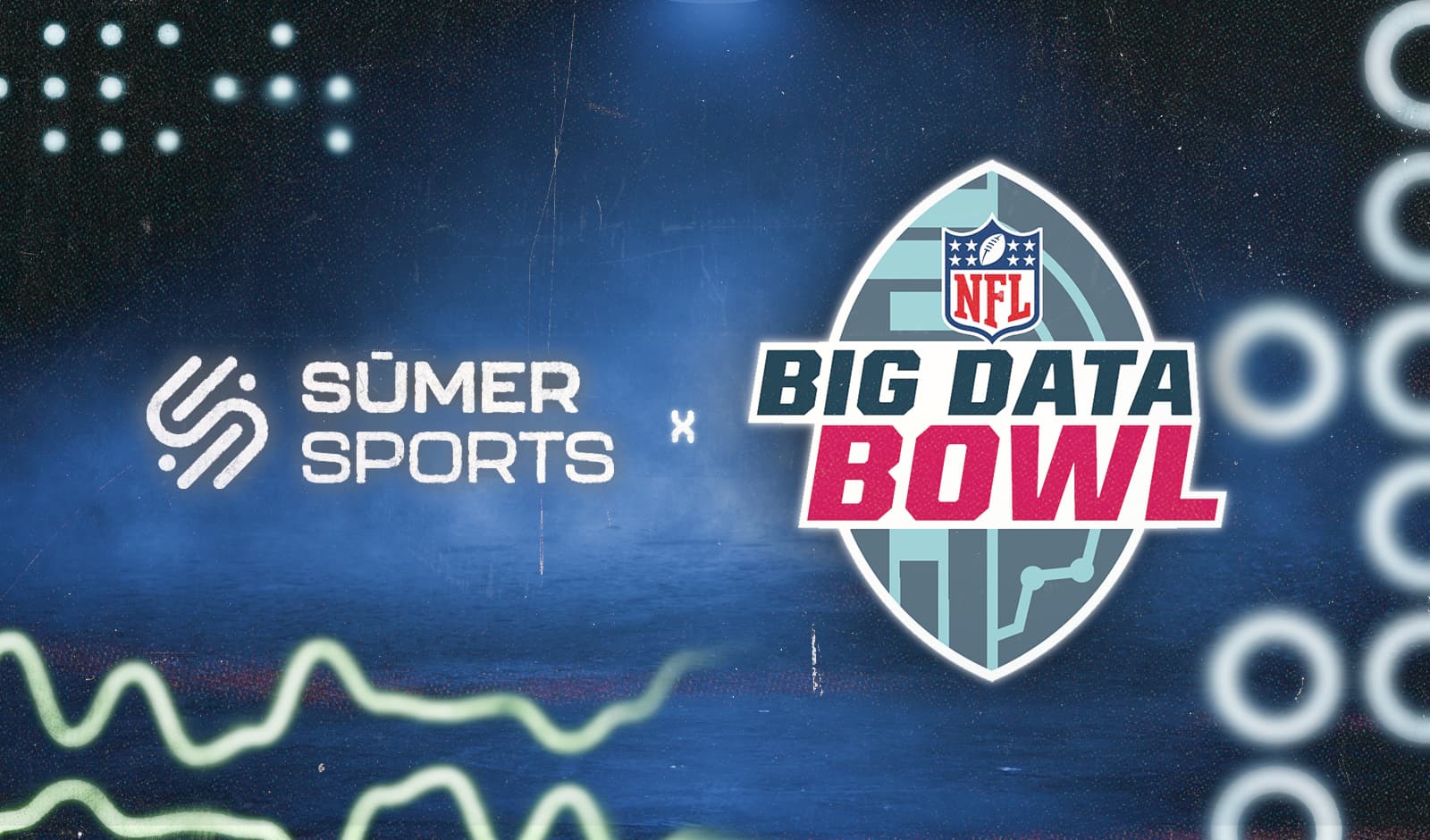NFL Draft week is finally here, and we at SumerSports have you covered. Thursday Night at 7:30 ET, we will have our second annual live show featuring former Atlanta Falcons GM and SumerSports CEO Thomas Dimitroff and myself, with live correspondence from Detroit from fellow Sumer analysts Tej Seth, Sam Bruchhaus, Ben Brown, and Shawn Syed. Guests from the NFL will also make an appearance, sponsored by our friends at Underdog Fantasy, where you can earn up to $100 in deposit bonuses with the promo code SUMER.
Dimitroff and I will also be hosting a preview of day 3 of the draft on Saturday morning on Sirius XM NFL Radio, channel 88. Our current draft preview show can be found on that channel every Friday night at 7pm.
Last week I talked about the folly of drafting kickers, which stems from two different places:
- NFL teams are bad at evaluating them, as draft capital does not help predict player success
- There is a glut of them, as evidenced by the success of UFL (and previously USFL) kickers
This was largely well-received on the internet, especially by Browns and 49ers fans… However, in doing some mock drafting, I took Iowa punter Tory Taylor with a late-round pick, eliciting some (well-reasoned) questions given the kicker article. However, we are a data-driven bunch here at Sumer, and the data is definitive:
Indeed, punters are draftable. Using nflfastR’s play-by-play data, and the expected points outcome of each punt play, and controlling for season, weather/stadium, game situation, and field position, each punter in the NFL from 1999 to 2023 was evaluated using an EPA over expected measure, both on a per-play and summed over a whole season’s and career’s worth of punts.
Moreso than with field goal kicking, this doesn’t isolate the punter, as the coverage men are in charge of tackling the returner, downing the ball inside the 20-yard line, forcing a fair catch, etc. However, any conclusions we draw about punters relative to kickers are likely to be more true than they appear, since some of the results are muddied by support.
In the above model for EPA, adding an indicator for whether a player was drafted (positive) or where they were drafted (negative) has a statistically significant effect on punting outcomes, indicating there is at least some skill. For players entering the league in 1999 or later:
Status | EPA OE (n) | Draft Round | EPA OE (n) |
Drafted | 0.099 (24591) | 1 | -0.516 (10) |
Undrafted | -0.015 (23155) | 2 | -0.406 (3) |
|
| 3 | 0.097 (2159) |
|
| 4 | -0.007 (3928) |
|
| 5 | 0.0301 (7455) |
|
| 6 | -0.005 (5475) |
|
| 7 | -0.0231 (5561) |
The differences are significant between drafted and undrafted punters. What’s interesting, though, is that punters drafted in rounds 3-6 (the punts in rounds 1-2 are quick kicks from quarterbacks or kickers) have an EPA OE per punt of 0.0196, while seventh-round punters are at 0.0231, and undrafted ones are -0.0145. Thus, there does appear to be a drop off in the draft after which undrafted punters do better than drafted ones, but before that drop off there is value in taking them.
Furthermore, punter skill is pretty stable from season to season, with an r value of r = 0.22, even with the significant number of confounders that arise in punting relative to kicking (where r was 0.05).

Thus, unlike with kickers, the NFL is pretty good at evaluating high-end punters, and punting is a skill that is repeatable year to year. Thus, if a team projects a player like Taylor to provide more value or surplus value to their team than the other players on the board during the course of the draft Saturday, and they take him, they won’t hear much pushback from me.




.jpg&w=3840&q=75)